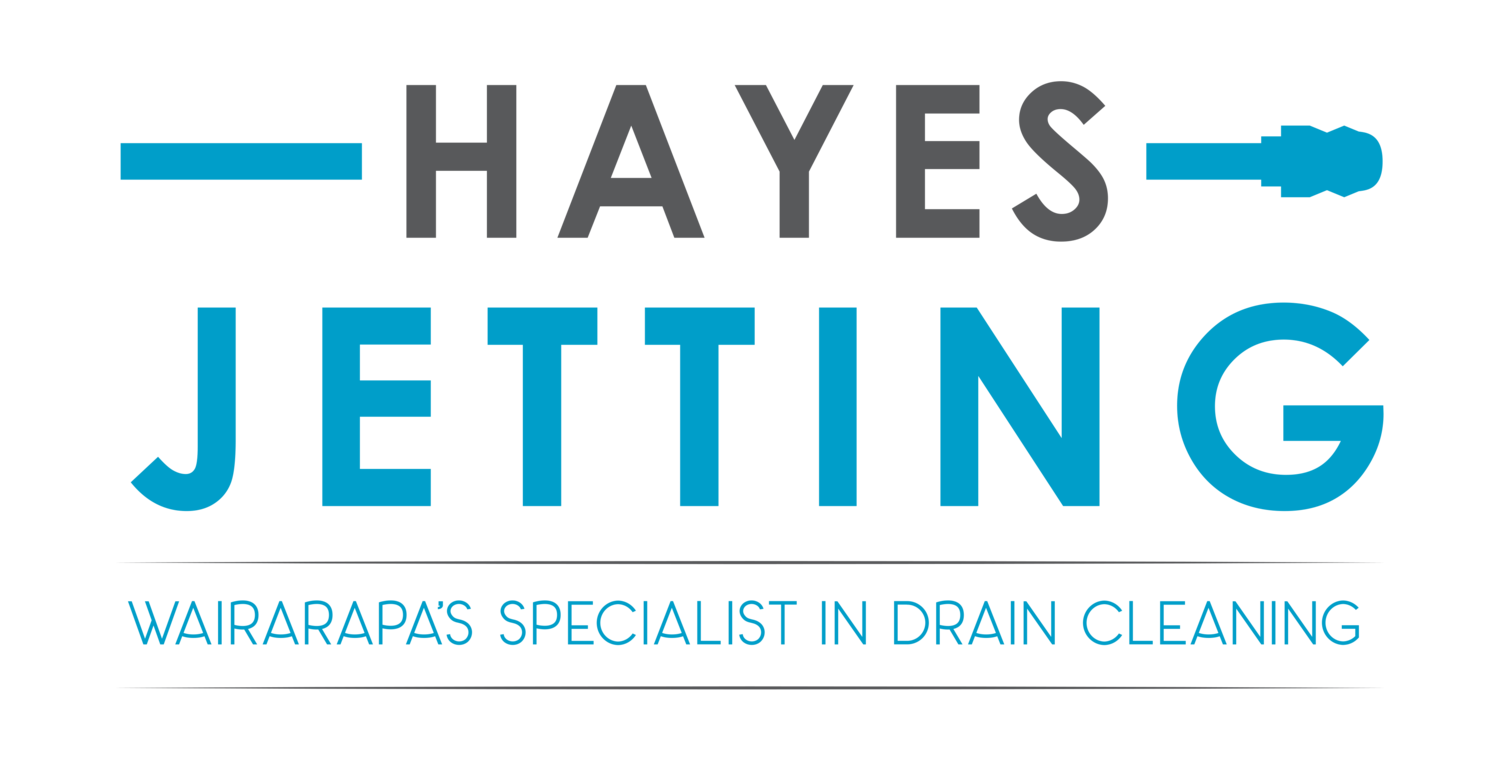Out of sight, out of mind, as the saying goes. This is certainly true of land drainage systems, in terms of production benefits and regular maintenance. Installing land drainage is an expensive capital investment. Any other infrastructure asset on-farm of this value would quite rightly have a management plan, assessing performance and scheduling annual upkeep. But no so in New Zealand, where drainage systems tend to be forgotten, until problems appear.
Drainage systems not performing to their designed potential will adversely affect pasture production: in the short-term, with less growth and stomping good feed into the ground and in the long-term, with compacted soils providing less than ideal growing condition.
Observing signs of drainage issues are wet spots, poor pasture growth with yellowish colour and sluggish flow at the system's outlets. Causes may range from pipe siltation or collapse to root infiltration, outlet blockage or the panning-out of the soil above the pipe. Some of the "fixes" are relatively easy - reinforce pipe outlets, regularly clear surrounding vegetation and spear through compacted soil down into the backfill surrounding the drainage pipe. Replace drainage lines prone to root infiltration with un-punched (no holes) pipe and reinvigorate mole-drains where required.
Prevention is better than cure - the key considerations being good system design and installation. Incorrect pipe grade or diameter can cause slow flow, with soil not being flushed through. Sedimentation then further reduces flow, eventually blocking the pipe, leading to a waterlogged soil profile. Back-filling the trench with native soil, rather than using an imported aggregate backfill can also leave pipes prone to siltation. Following manufacturer and contractor recommendations in regard to pipe selection and installation will result in fewer issues and deliver better results than taking perceived cost cutting shortcuts.
Water jet cleaning is an important component of drainage system maintenance. Hayes Jetting is a Wairarapa based contracting firm that offers this type of service. "Our jetting machine delivers high water volumes at pressure to dislodge sediment build-up in field tiles and Novaflo and can also cut through roots blocking the pipe", says business owner Greg Hayes. "Although our jetting hose can travel 225 meters up the pipe, it's much easier to clean systems where flushing points have been built in, with an access pipe brought to the surface. We also have a tracking head, which is used to find the position of existing drainage lines and locate issues such as squashed or blocked pipes."
"I highly recommend regular pipe jetting," says Carterton dairy farmer Chris Engel. "We used Greg's services to find our drainage pipelines, identify system junctions and locate root and soil blockages. By cleaning the pipes, I now have a system operating like brand new for a fraction of the replacement cost."
Initial ground settlement post pipe installation will see soil infiltrate into drainage pipes. Jetting is recommended around 12 months after the install to flush this out then every 3 - 5 years for optimum performance.
Products such as Nexus land drainage pipe, with its smooth bore increasing the flow velocity, can negate or reduce the severity of siltation. GPS mapping of the new systems using services such as Farmtrac, will make pipe location easier for routine maintenance.
Article from the Farmlander magazine, September 2016. Supplied by Iplex Pipelines.
